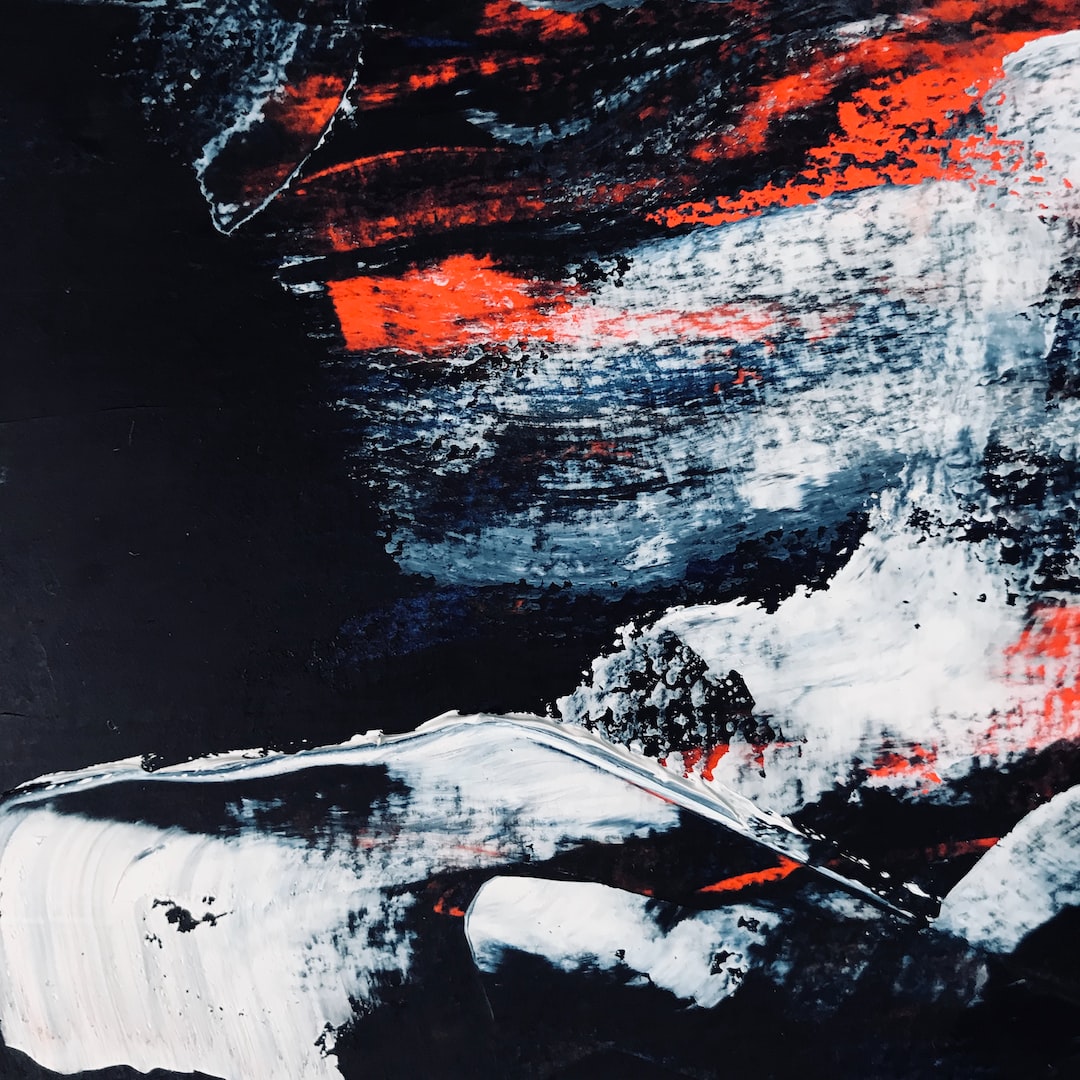Abstract art is a form of expression that captivates and challenges viewers in unconventional ways. It does not aim to represent specific objects or scenes but delves into the realm of emotions, thoughts, and ideas. For some, the complexity of abstract art may seem perplexing and difficult to understand, but its beauty lies precisely in its ability to evoke a multitude of interpretations and feelings.
One of the fascinating aspects of abstract art is its freedom from constraints. Unlike traditional art forms like landscapes or portraits, abstract art encourages artists to break free from rules and conventions. This freedom allows artists to explore their innermost thoughts and feelings, resulting in unique and thought-provoking compositions.
Abstract art can be found in various forms, including paintings, sculptures, and even mixed media. The absence of recognizable objects allows artists to experiment with shapes, colors, textures, and patterns in innovative ways. The end result is a visual symphony that stimulates the viewer’s senses and imagination.
One of the misconceptions about abstract art is that it lacks meaning or purpose. However, upon closer observation, abstract artworks often reveal a hidden language or message. The absence of a tangible subject matter forces viewers to rely on their intuition and personal experiences to decipher the artist’s intention. This open-endedness allows for a deeper engagement with the artwork, as each individual brings their own unique perspective and interpretation to the piece.
Additionally, abstract art has the power to evoke emotions on a visceral level. The bold use of colors, energetic brushstrokes, and dynamic compositions can create a sense of vitality and spontaneity. The viewer is invited to immerse themselves in the artwork, allowing it to evoke emotions that may not be easily expressed in words. Abstract art has the ability to stir joy, sadness, curiosity, or even contemplation, providing a cathartic experience for both the artist and the viewer.
One of the positive aspects of abstract art is that it encourages viewers to embrace ambiguity and embrace the unknown. It challenges us to question our preconceived notions and step outside of our comfort zones. By doing so, we open ourselves up to new perspectives and possibilities, expanding our horizons and fostering personal growth.
The beauty of abstract art lies in its ability to transcend boundaries and create connections between artists and viewers. It allows for an intimate exploration of the human experience, offering a glimpse into the artist’s psyche while also inviting the viewer to embark on their own introspective journey. Abstract art is a celebration of individuality, innovation, and the unspoken language of emotions. So next time you come across an abstract artwork, take a moment to let go of your expectations and embrace the beauty of the unconventional.

